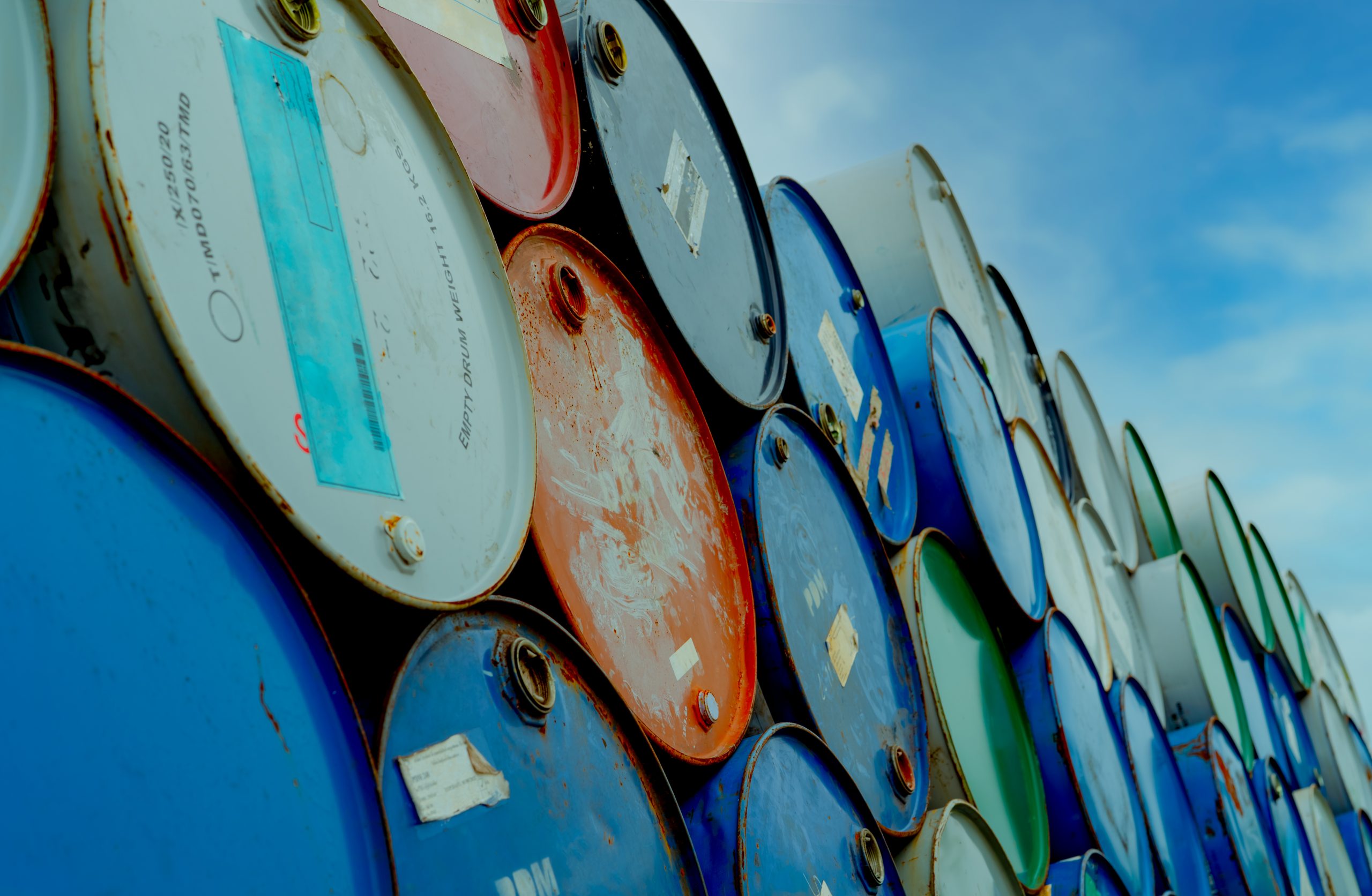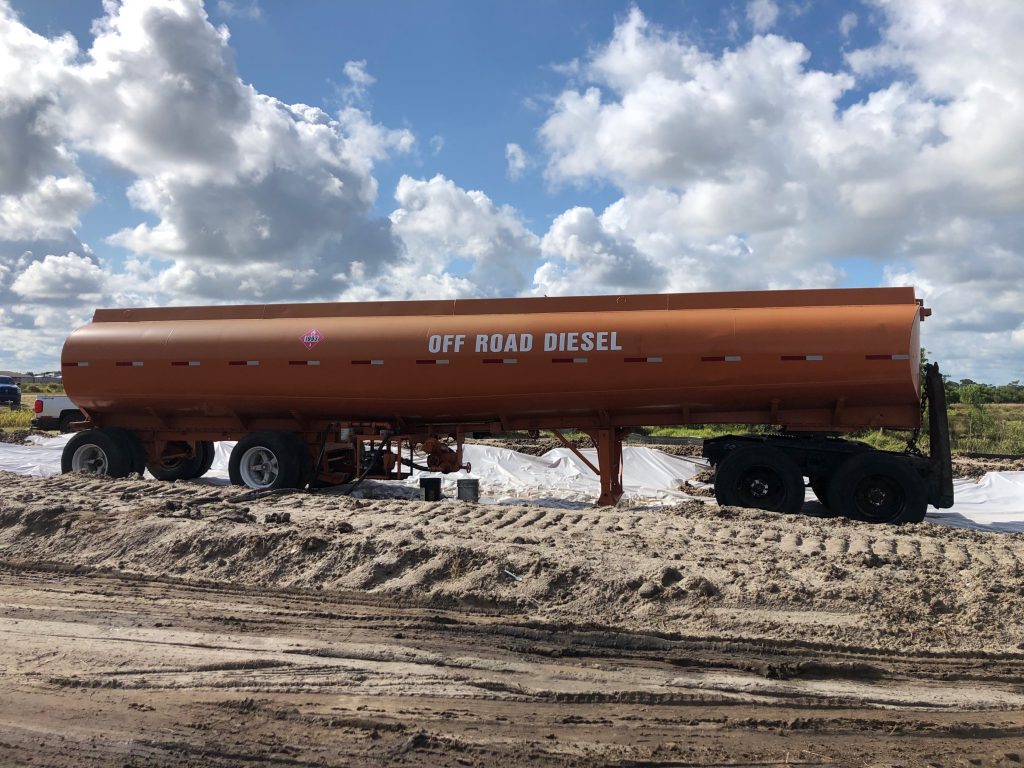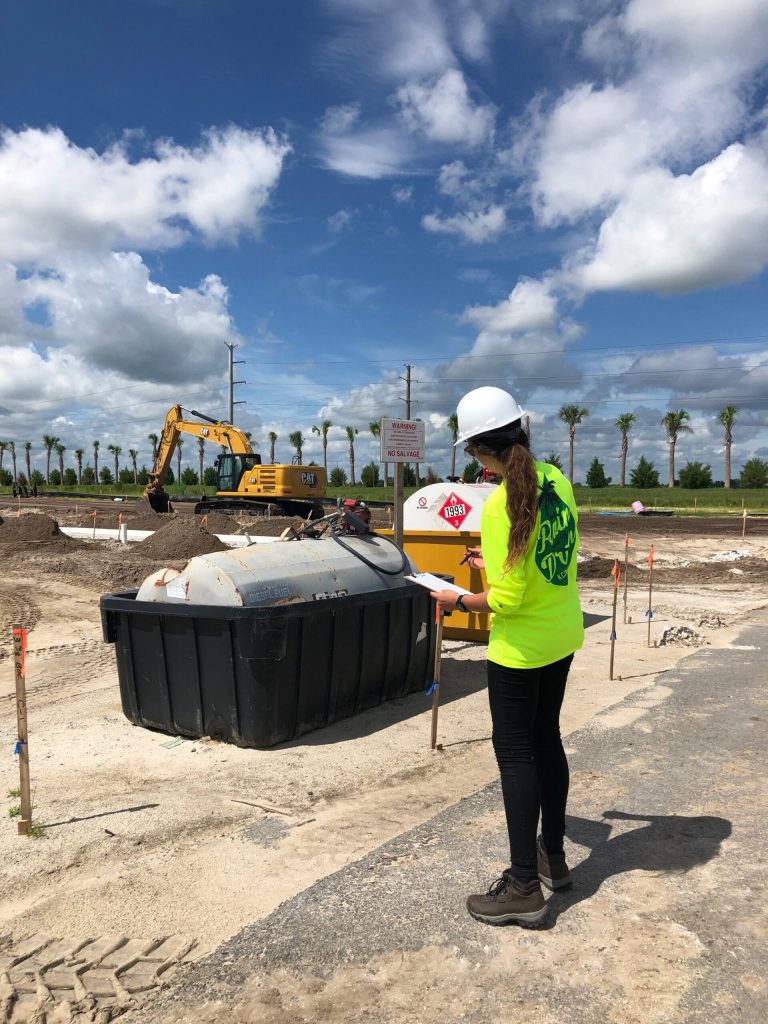
With over 30 different industrial type sectors defined by the EPA, there are obviously countless activities where specific materials, liquids, residues, and chemicals are stored and used to produce a product. There are basic requirements for all industrial facilities that handle such hazardous materials to store and protect them from accidental exposure to the environment.
It is important to understand that many substances and materials may have multiple types and exposure classifications. The two types of chemical hazards are physical and health. The Multi-Sector Generic Permit (MSGP) will have several storage guidelines that may need to be followed. Refer to the appropriate storage of hazardous material guideline section based on your industrial sector for more information.
The water that enters a storm drain does not always go to a treatment plant. Stormwater and contaminants that enter storm drains can go directly into our environment. If your primary containment for hazardous materials fails, what is stopping the substance from getting exposed to stormwater and eventually down the drain?

Depending on what you are containing, you might want to think about the added protection of secondary containment. Secondary containment at industrial facilities and also construction sites, for production materials or liquids is a critical step to prevent contaminated water discharge into storm drains and, ultimately, our streams.
What is secondary containment? A secondary containment provides an additional line of defense if the primary containment fails. There are many ways to establish secondary containment to a potential leak or spill of hazardous materials. The main objective is to define and implement a system or device to prevent the materials from entering a storm drain.

It is important to understand the EPA does not specify any specific clarity or guidelines other than the liquids or materials association to amount, size, depth, and volume regarding secondary containment. A simple example would be to include secondary containment for at least the entire contents of the largest single tank or container of materials. Secondary containment in many cases can be uniquely designed and there are certainly premanufactured solutions that can be purchased to solve a secondary containment need. A Best Management Practice (BMP) for secondary containment can be inventive if it serves the purpose. Simple and effective secondary containments can range from dikes, berms, containment trenches, and drum pallets.
Regular inspections are critically important to ensure your best management practice for containment is working properly and as designed. Implementing secondary containment practices sooner than later will help avoid a disaster.
Call KCI today, and let’s work together to discover and implement the right secondary containment for your business. Have questions? Call us at (888) 346-7779.



